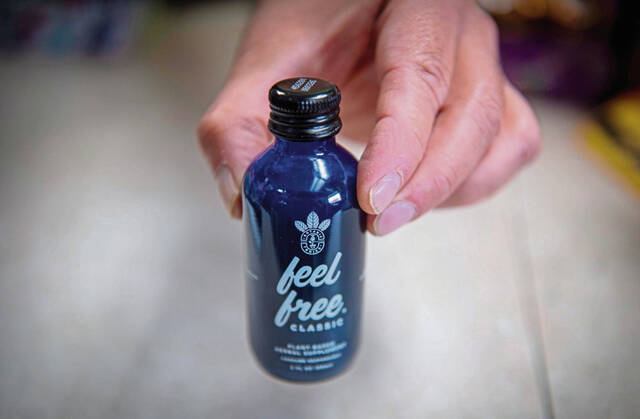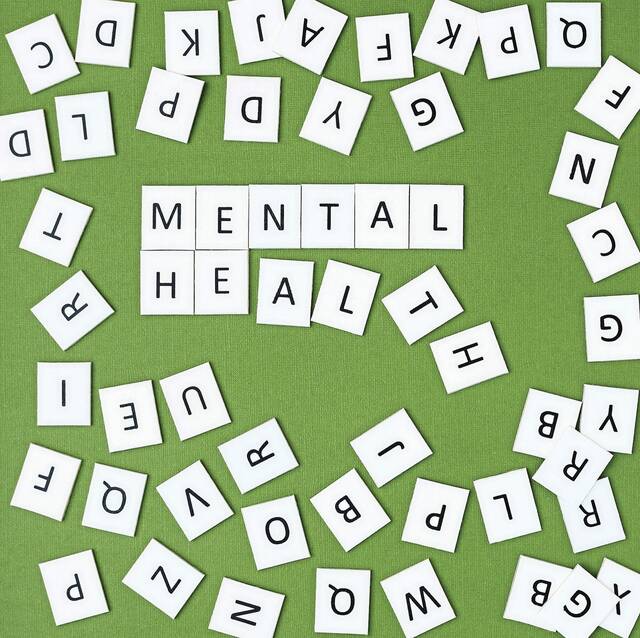The history of drug use in America is not necessarily a story of opium dens and crack houses.
It’s a story of substances that weren’t illegal until they were abused.
Patent medicines might be everything from a cold medicine on the shelf of a general store to the snake oil peddled by a traveling salesman. Regardless of purveyor, the ingredients were enough to make a modern consumer blanch: morphine, opium, alcohol, cannabis and more.
Heroin was invented in 1874 and available over the counter, seen as an alternative to morphine without the addictive properties. The story is akin to the birth and marketing of OxyContin.
Coca-Cola started off as a medicinal tonic sold in an Atlanta pharmacy in 1886, promising to treat nervous conditions. The rush of good feeling was attributable to its cocaine content and a punch of caffeine from kola nuts.
Patent medicines were never banned, just regulated over time. They were stripped of their most dangerous ingredients as those substances were either outlawed or required prescriptions. Heroin was banned in the U.S. in 1924. Cocaine was first outlawed, ironically, in Georgia, in 1902, and in the rest of the country in 1914. Marijuana made the list of illicit drugs in 1937.
That timeline shows 50 years of use before heroin was made illegal and 28 years for cocaine. Government reacts more quickly today, but designer drugs and new substances always seem one step ahead.
In just one month, TribLive has reported on a variety of new highs.
There’s the herbal supplement Feel Free that contains depressant kava and stimulant kratom and is available at gas stations, vape shops and convenience stores, giving it the moniker “gas station heroin.” A new street drug called “flysky” is medetomidine, a veterinary tranquilizer in the dangerous tradition of ketamine and xylazine. Then there is bromazolam, an unapproved benzodiazepine known as “designer Xanax.”
The rapidly evolving world of illegal drugs tells us that fighting them individually is a never-ending game of Whac-a-Mole. Make a push to stop this drug and that one pops up in its place. Get a handle on one danger and two new ones appear.
And each presents a new and different way to die. Some can be counteracted with naloxone, which has reduced overdose deaths while not necessarily reducing overdoses or drug use. But some drugs, like flysky and xylazine, don’t respond to naloxone. Kratom causes risks of liver toxicity and seizures.
This points to the need to address not the individual drugs but addiction itself and its underlying roots.
We need more mental health and other support care before people become trapped in dangerous addictions, according to the National Institute on Drug Abuse. We need to approach the anxiety, depression and other stressors that can push them toward chemical escapes. And we need to recognize that addiction is a lifelong battle, whose winners are noted as “in recovery” not “recovered.”
Does this mean we don’t find ways to limit the latest trendy drug? Of course not. It means we try to cut down on the customers instead of just removing the product.








